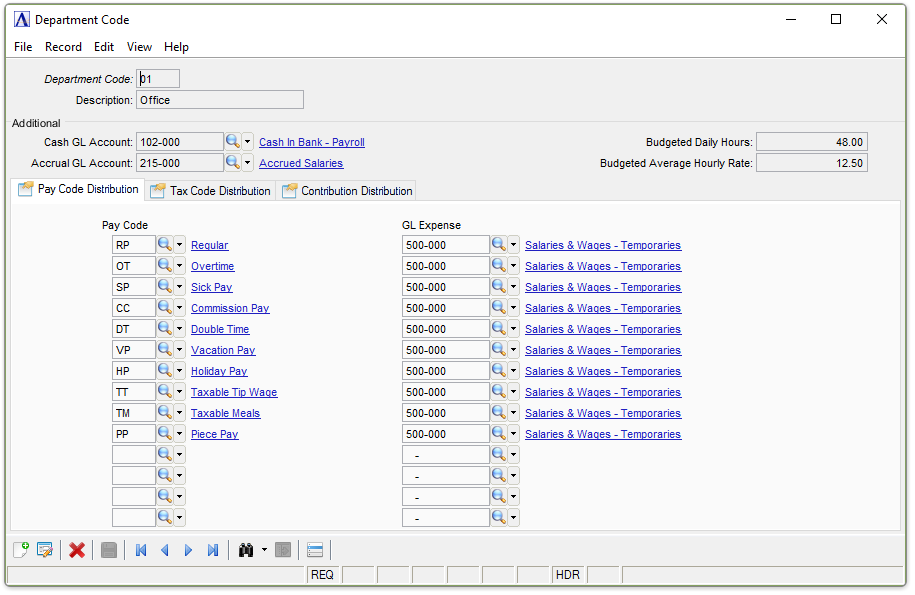
Organizations will need to find ways to incorporate their existing workforce into new workflows enabled by productivity gains from the incorporation of AI into operations. Companies are using AI to improve many aspects of talent management, from streamlining the hiring process to rooting out bias in corporate communications. Moreover, AI-enabled processes not only save companies in hiring costs but also can affect workforce productivity by successfully sourcing, screening and identifying top-tier candidates. As natural language processing tools have improved, companies are also using chatbots to provide job candidates with a personalized experience and to mentor employees.
Disadvantages of Artificial Intelligence
This includes more powerful and inclusive language translators, conversational AI and assistants, generative and multi-modal AI, robotics and driverless cars. Economists and researchers have said many jobs will be eliminated by AI, but they’ve also predicted that AI will operating income shift some workers to higher-value tasks and generate new types of work. Existing and upcoming workers will need to prepare by learning new skills, including the ability to use AI to complement their human capabilities, experts said. He cited the loss of navigational skills that came with widescale use of AI-enabled navigation systems as a case in point.
AI tools can analyze project timelines, resource allocation, and task dependencies in project management to identify bottlenecks and suggest more efficient workflows. For instance, an AI system might recommend reassigning tasks based on team members’ skills and availability, leading to faster project completion and better resource utilization. This ensures that projects are completed on time and within budget, enhancing overall project efficiency. Digital assistants are employed by some of the most advanced companies to interact with users, reducing the need for human personnel. Many websites use digital assistants to deliver content based on user requests, enabling us to have conversational searches.
He said research has found, for example, that students sometimes are more comfortable asking chatbots questions about lessons rather than humans. “The students are worried that they might be judged or be thought of as stupid by asking certain questions. But with AI, there is absolutely no judgment, so people are often actually more comfortable interacting with it.” “Because AI does not rely on humans, with their biases and limitations, it leads to more accurate results and more consistently accurate results,” said Orla Day, CIO of educational technology company Skillsoft. This extremely large contrast between the possible positives and negatives makes clear that the stakes are unusually high with this technology. Reducing the negative risks and solving the alignment problem could mean the difference between a healthy, flourishing, and wealthy future for humanity – and the destruction of the same. When and if AI systems might reach either of these levels is, of course, difficult to predict.
AI Governance & Operations
While AI creates new job opportunities, it also renders some roles obsolete, leading to workforce displacement and economic disruption. AI drives innovation by enabling the development of new products, services, and solutions. It is at the forefront of advancements in fields like robotics, autonomous vehicles, and healthcare.
What are the advantages and disadvantages of AI?
- For instance, many e-commerce companies use chatbots to answer common questions, process orders, and provide shipping updates, significantly reducing the workload on human agents.
- This allows employees to focus on more strategic and creative tasks, thereby increasing their productivity.
- All humans have biases, and even if we try and solve for them, they sometimes manage to sneak through the cracks.
- Before we jump on to the advantages and disadvantages of Artificial Intelligence, let us understand what AI is in the first place.
However, we believe still more opportunities for useful and beneficial impact lie ahead. Work with and enable many others beyond Google to apply AI to help tackle society’s greatest challenges and opportunities today and in the future. Advance the state of review wave accounting the art for more capable AI that can benefit people and society. Similarly, a contingent of thought leaders have said they fear AI could enable laziness in humans. They’ve noted that some users assume AI works flawlessly when it does not, and they accept results without checking or validating them. AI is fueling advances across multiple industries as well as functional areas, such as supply chain operations.

The risk is not that an AI becomes self-aware, develops bad intentions, and “chooses” to do this. The risk is that we try to instruct the AI to pursue some specific goal — even a very worthwhile one — and in the pursuit of that goal, it ends up harming humans. Human intelligence is also a bad metaphor for machine intelligence in other ways. The way we think is often very different from machines, and as a consequence, the output of thinking machines can be very alien to us. In this study, the AI more often assigned negative emotions to people of races other than white. This would mean that an AI tasked with making decisions based on this data would give racially biased results that further increase inequality.
The third reason why it is difficult to take this prospect seriously is by failing to see that powerful AI could lead to very large changes. It is difficult to form an idea of a future that is very different from our own time. There are two concepts that I find helpful in imagining a very different future with artificial intelligence. Even the most interesting job in the world has its share of mundane or repetitive work.
Improving Human Workflows
While AI can create new job opportunities, the transition period can be challenging, with many workers requiring retraining and upskilling. The economic and social impact of widespread job displacement can increase unemployment rates and social inequality if not managed effectively. Although AI has been tasked with creating everything from computer code to visual withholding allowance definition art, AI is unlike human intelligence in that it lacks original thought.